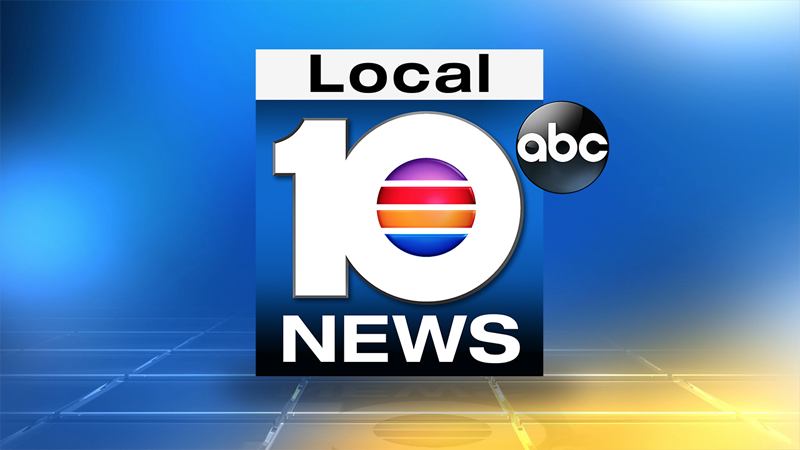Just this week, a major Southern California water agency declared a water supply alert for the first time in seven years, and is asking residents to voluntarily conserve. Many of the state’s counties are already under a state of drought emergency.
And on top of the drought, California’s top fire official also said earlier this week that fires raging across Northern California are wiping out forests that are central to plans to reduce carbon emissions and are testing projects designed to protect communities.
Recommended Videos
Cal Fire Chief Thom Porter on Wednesday announced that the fires are exceedingly resistant to control in drought-sapped vegetation -- and they’re on pace to exceed last year’s record of land burned; the most in modern history. The drought-parched region was expected to see red flag warnings for dangerously high winds, and hot, dry weather through the end of this week.
“We are seeing generational destruction of forests because of what these fires are doing,” Porter said. “This is going to take a long time to come back from.”
Most of the fires this year have hit the northern part of the state. Fire conditions are expected to get worse in the fall.
Between the fires, the drought, and everything going on in the western U.S., we thought we’d round up some photos, which give a more complete look at the story, especially in California right now.
The following are from Getty Images:
You might have noticed seeing a lot of Lake Oroville pictures in that batch.
Storing more than 3,500,000 acre-feet, it’s the second-largest reservoir in California, after Shasta Lake.
Lake Oroville plays an important role in flood management, water quality and the health of fisheries affecting areas downstream, such as the Sacramento-San Joaquin River Delta.
California’s not the only place dealing with drought issues.
Many locations in the West are suffering similarly.
U.S. officials also declared the first-ever water shortage from a river that serves 40 million people in the West. The forecast Monday means some Arizona farmers will get less water from the Colorado River next year, forcing them to make adjustments. Also, a prolonged drought made worse by climate change has led to record low water levels at Lake Mead, one of the river’s reservoirs. The situation highlights the challenges for a region that’s also growing in population. The Colorado River provides drinking water, irrigation for farms and hydropower to seven Western states and parts of Mexico.
With facts, figures and information from The Associated Press.
